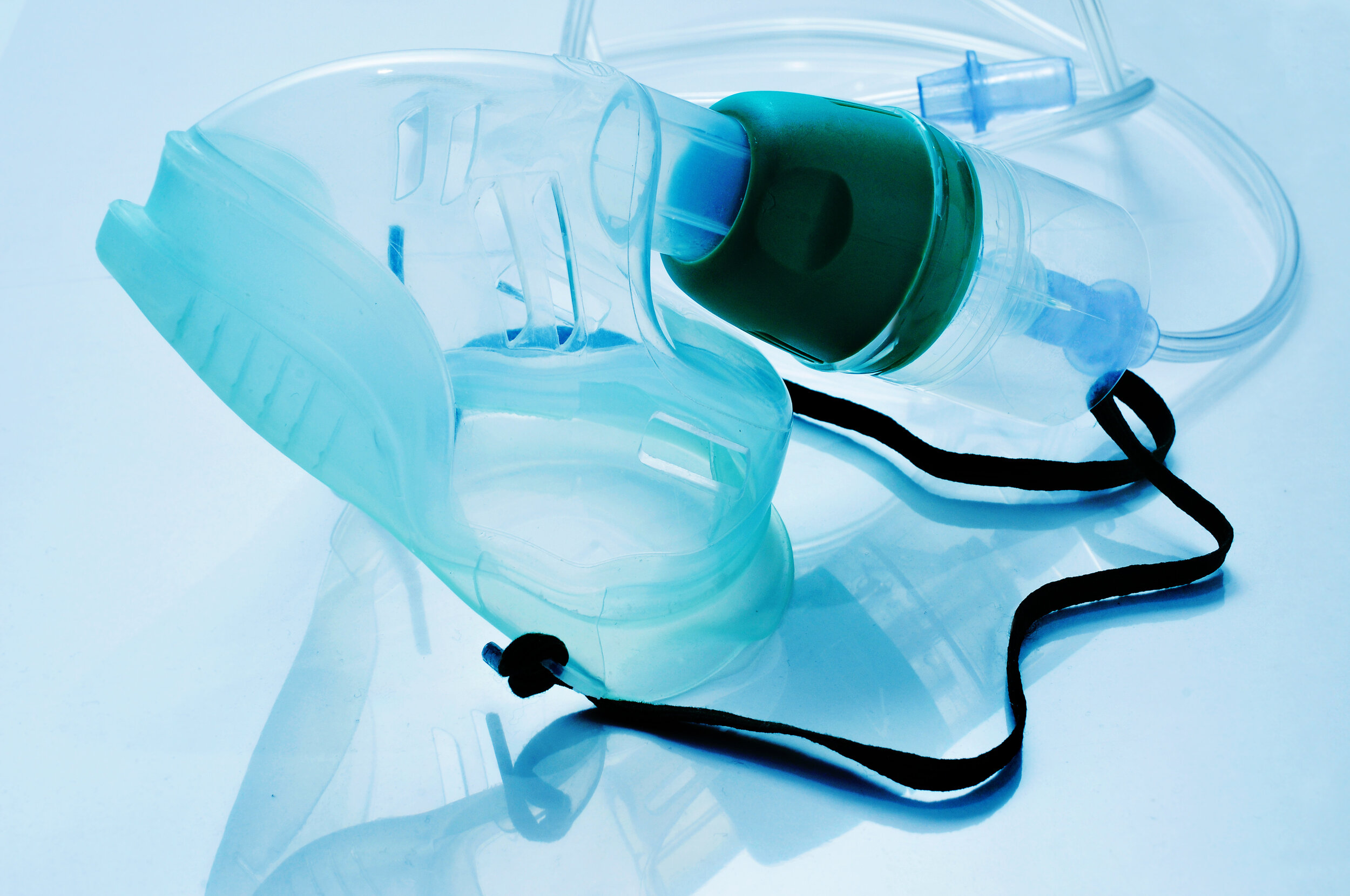
Ozone/Oxygen Therapy at Midwest BioHealth
Revolutionize Your Dental Health with Ozone/Oxygen Therapy at Midwest BioHealth
Infection control is a major concern in modern dentistry. The oral cavity harbors diverse microorganisms, and when harmful microbes take over, they create a complex biofilm that's difficult to treat with conventional methods.
Ozone/Oxygen Therapy: The Natural Solution
Oxygen/Ozone Therapy (OOT) is a safe and natural alternative to traditional pharmaceutical treatments. It works by introducing an energized form of oxygen (ozone) into the infected area. This creates a transient oxidative burst that effectively eliminates harmful microorganisms without harming healthy tissue.
Benefits of Ozone/Oxygen Therapy in Dentistry:
Powerful Disinfection: Safely and effectively eliminates bacteria, viruses, fungi, and parasites.
Enhanced Healing: Stimulates blood flow, immune response, and tissue regeneration.
Periodontal Disease Treatment: Arrests periodontal disease without the need for pharmaceutical drugs and their potential side effects.
Tooth Sensitivity Reduction: Provides relief from tooth sensitivity.
Scientifically Validated: Supported by extensive scientific literature and recognized by the International Academy of Oral Medicine and Toxicology.
No Allergies: Ozone is simply an energized form of oxygen, essential for life and impossible to be allergic to.
Why Choose Midwest BioHealth for Ozone/Oxygen Therapy?
Our team at Midwest BioHealth is committed to providing innovative and natural solutions for your dental health. We utilize state-of-the-art technology and follow rigorous safety protocols to ensure optimal results with OOT.
Experience the Difference:
If you're looking for a safe, effective, and natural way to treat dental infections and improve your overall oral health, Oxygen/Ozone Therapy at Midwest BioHealth is the answer.
Call us today to schedule a consultation and discover the power of OOT!
